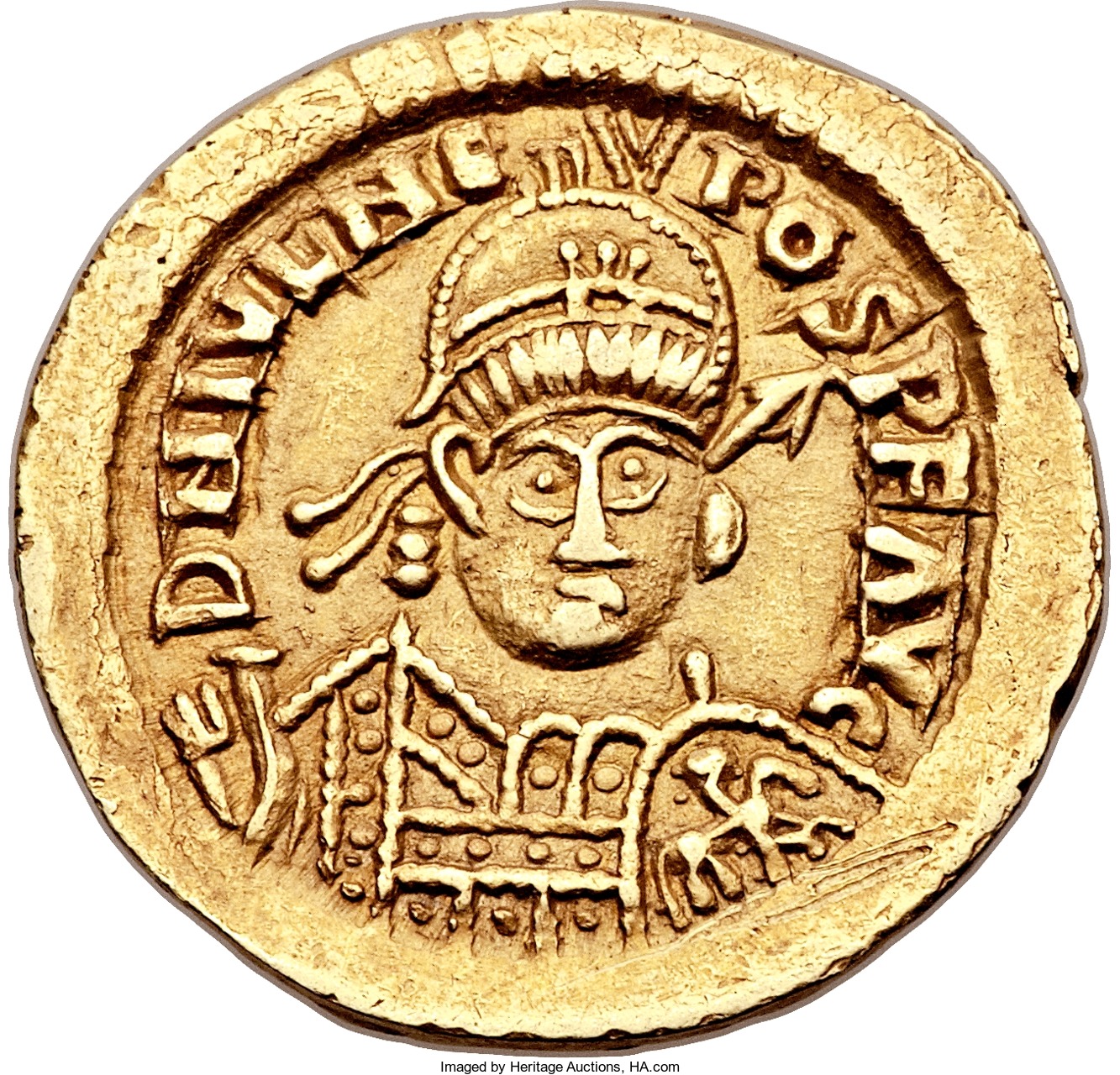
By Jim O’Neal
The Roman Empire was established around 510 B.C. and by the third century extended across millions of square miles … to the Rhine and Danube rivers in the south, Spain in the west and beyond Constantinople (Istanbul) in the east.
Throughout this vast territory, they paved roads, constructed towns/cities, built aqueducts to water them and, importantly, provided Roman governance.
The city of Rome itself had public baths, sewer systems, glorious buildings, flourishing arts and poetry, and literally was the center of Western civilization. Our Western system of law, cultures and languages derive directly from Ancient Rome.
Yet in A.D. 476, Rome ended up being ruled by a 12-year-old boy – Romulus Augustus – and a downward spiral accelerated. The minting of coins fell dramatically. The famous Roman pottery stopped being made. Local economies declined as did the population of Europe.
The Dark Ages, which would last until A.D. 1,000, had begun.
The 18th-century historian Edward Gibbon wrote a famous masterwork, The History of the Decline and Fall of the Roman Empire, that describes in fascinating detail the many events that contributed to this remarkable ending. It includes the Visigoths, the Vandals, the Huns (including Attila) and the Romans themselves. They had become lazy, content, self-satisfied and they made a fatal mistake. They started using mercenaries for protection, forces that were prone to corruption and available to anyone willing to pay more.
Later historians write that the fall of the Romans and their empire was “noiseless” and that the power of Rome was lost due to prolonged strife, and war was too widespread and relentless to control … especially for a series of weak leaders who had grown too inept to govern.
Gibbon’s book is a wonderful read for those with the time and patience to pore through. It contains valuable lessons for current and future leaders of the United States and others who naively believe “it could never happen here.”
All one has to do is contrast the England of 1900 with the Great Britain of today to see the result of slow rot.
 Intelligent Collector blogger JIM O’NEAL is an avid collector and history buff. He is President and CEO of Frito-Lay International [retired] and earlier served as Chairman and CEO of PepsiCo Restaurants International [KFC Pizza Hut and Taco Bell].
Intelligent Collector blogger JIM O’NEAL is an avid collector and history buff. He is President and CEO of Frito-Lay International [retired] and earlier served as Chairman and CEO of PepsiCo Restaurants International [KFC Pizza Hut and Taco Bell].
